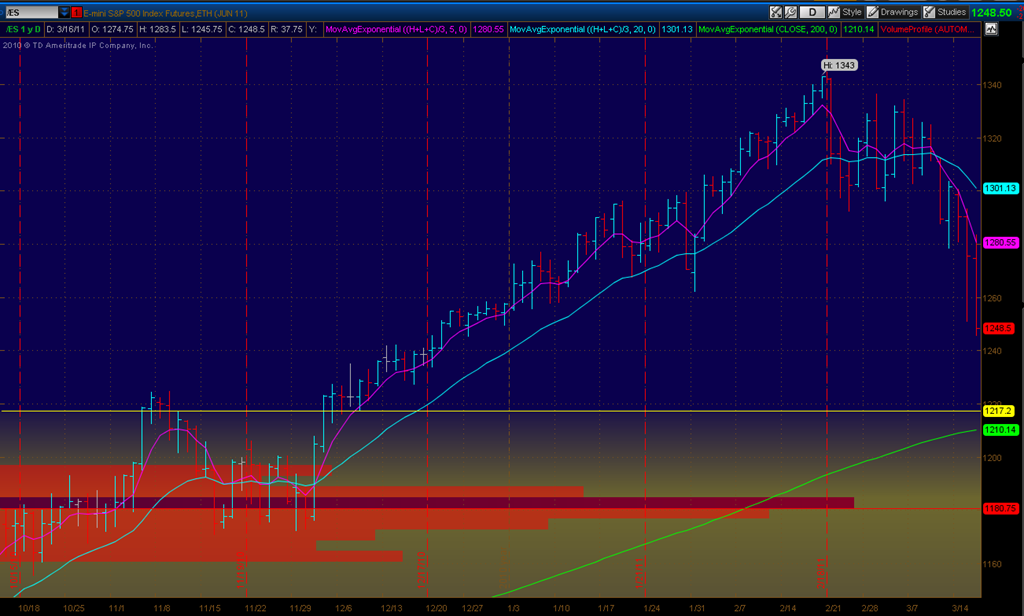Does Options Volume Predict Stock Direction by Answers
Post on: 17 Май, 2015 No Comment

Star Trading System Training Course
Learn the exact trading system of Optiontradingpedia.com author, Mr. OppiE aka Jason NG, which allowed him to profit under any market conditions without watching the market all day long nor staring at the news at all!
Answered by Mr. OppiE
Hi Smokey,
This is an extremely interesting question and yes, options volume has been widely used in various ways as an indicator for directional analysis of the market or individual stocks.
What analysts are actually interested in is the ratio of call options and put options traded in order to see if there is a bias in the options being traded which might suggest a directional bias for the underlying asset itself. This ratio is known as Put Call Ratio . However, you are right to point out that the main problem with this method is that there is no way at all to tell if an option volume is for long or short trade. In fact, you could have a stock that has only call options traded for that day and all of those call options might be a short trade (indicating a bearish sentiment rather than a bullish one) by a single options trader (making it unrepresentative of the options trader population at large). The other problem with using put call ratio for predicting the direction of the underlying asset is that options traders are traders as well, not soothsayers or fortune tellers. Relying solely on how they are trading in order to predict the direction of the underlying asset doesn’t make a lot of sense either. These problems make using Put Call Ratio as a directional indicator for individual stocks, especially stocks with very thinly traded options, very unscientific.
Even though put call ratio is a terrible, unscientific, leading indicator or predictive indicator, for individual stocks, it is actually a really good CONFIRMING INDICATOR for the market in general and you can see me use this as supporting consideration in my daily market comments.

A confirming indicator is an indicator that you use not to predict what is going to happen next but as support for your conclusions made through other analytical methods. So, how is put call ratio a good confirming indicator when there is no way to tell if the volume traded is long or short? The good news is this, on a total equities basis, meaning the volume of all call options and put options traded in the market, volume traded tend to be long about 80% to 90% of the time. This is because even though options are good hedging tools and you could go short on it for directional speculation, most options traders tend to just go long for directional speculation. This cannot be said for a single stock with thinly traded options but is true for the overall options market. This means that when the Total Equities Put Call Ratio is higher than 1, it is safe to take it as the market mainly being long puts and therefore bearish in sentiment and when the ratio is lower than 1, a bullish sentiment. I prefer to use anything lower than 0.9 to indicate bullish sentiment, 0.9 to 1.1 to indicate uncertainty and above 1.1 to indicate bearish sentiment. In fact, if you compare the total equities put call ratio to the S&P500 chart, you will see that the total equities put call ratio is generally below 0.9 on a daily basis in a strong bull trend and above 1.1 on a daily basis in a strong bear trend. Indeed, total equities put call ratio tell you the SENTIMENT of OPTIONS TRADERS in the market on that day. It does not mean that they are fortune tellers and are telling you what is going to happen tomorrow. They are traders, just like you and me, and they are not always correct. This is why total equities put call ratio cannot be taken as a predictive indicator but rather a confirming indicator telling you what the sentiment of options traders are for that day.
How I basically use total equities put call ratio is in confirming market movements. If it is a big down day, I would expect total equities put call ratio to say the same story by going above 1.1. However, if total equities put call ratio isn’t going above 1.1, I would be doubtful that it is a down day that will lead into a significant correction or bear trend and will look for further evidence. Vice versa for up days. The keyword here is further evidence. When a confirming indicator fails to confirm your outlook, it is actually telling you to look for more evidence rather than telling you that the opposite is happening.
In conclusion, put call ratio isn’t a good predictive indicator but can be a good confirming indicator for market analysis in general. As such, it is not an indicator for use on its own but rather as a supporting indicator for your main market analysis methods.














